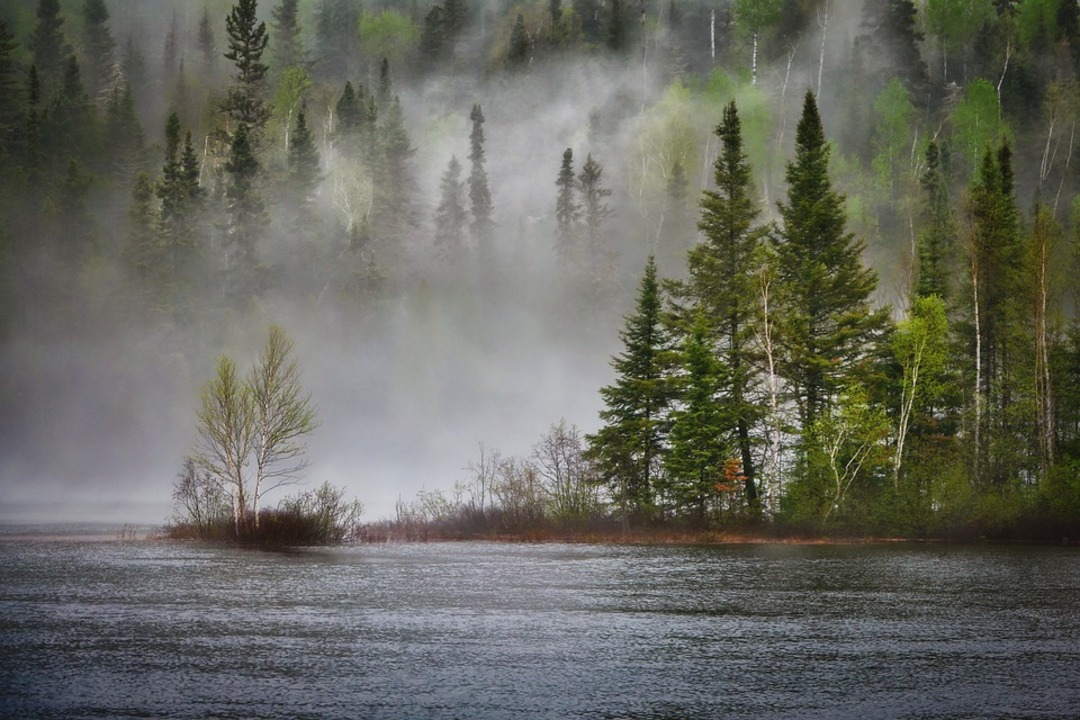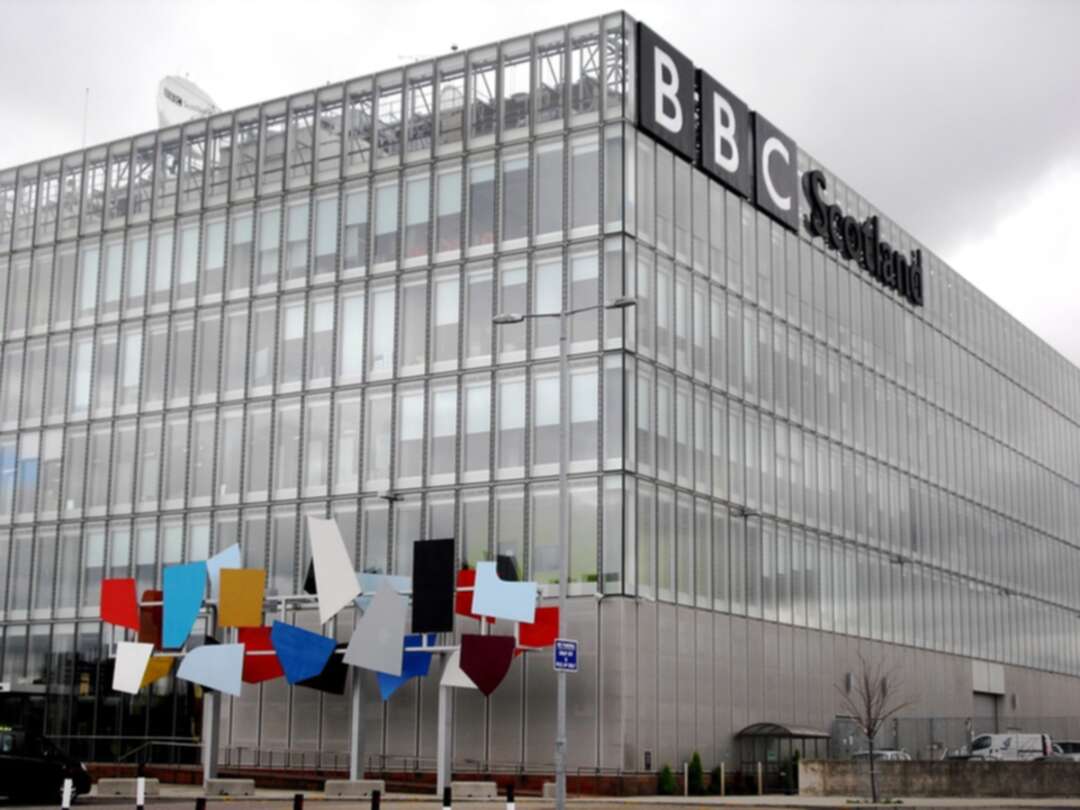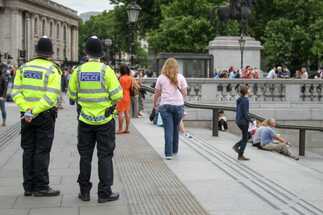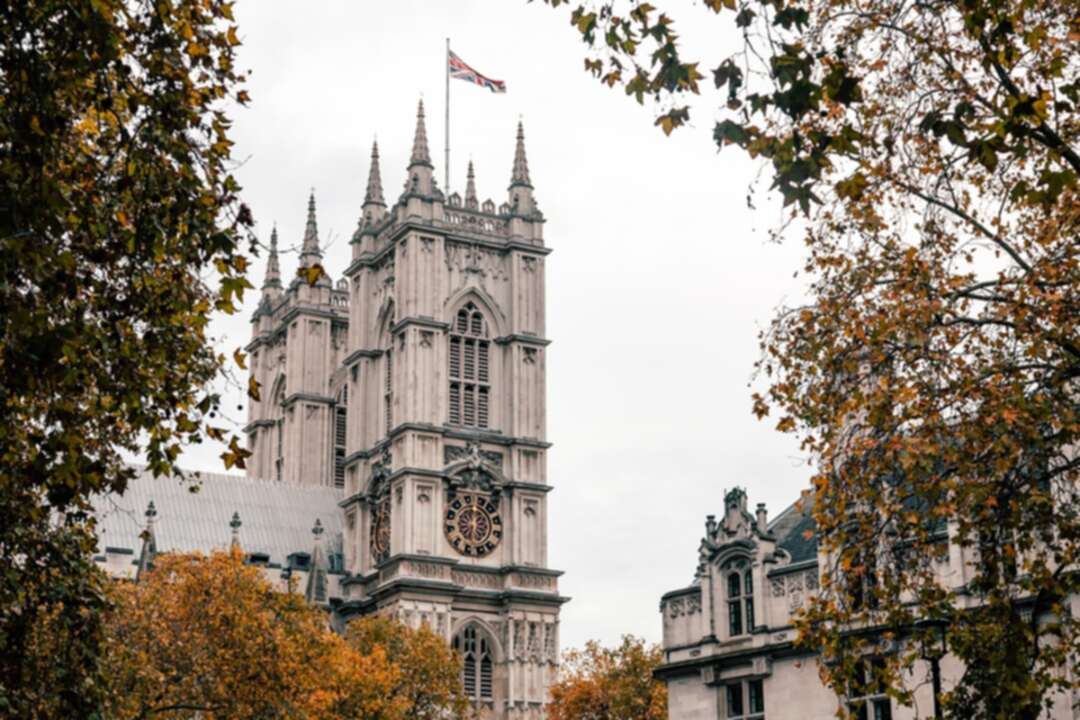-
England officially declares drought in several parts of the country

The UK government on Friday (August 12) officially declared a drought in several parts of England, following months of record low rainfall and unprecedented temperatures in recent weeks, the Arab news reported, citing the AFP.
At a meeting of the National Drought Group, the government’s Environment Agency said the “drought trigger threshold had been met” in parts of southwestern, southern, central and eastern England.
Drought was last officially declared in England in 2018.
The Environment Agency on Friday published a report saying that England as a whole had its driest July since 1935.
The exceptional weather comes as France is also experiencing a record drought and battling huge wildfires.
The Met Office, the UK’s meteorological authority, said the period from January to June this year saw the least rainfall in England and Wales since 1976.
That summer saw the use of drastic measures such as roadside standpipes and water rationing.

The government statement said the move to drought status was based on factors such as rainfall, river flows and levels of groundwater and reservoirs and their impact on public water supply.
“We urge everyone to manage the amount of water they are using in this exceptionally dry period,” National Drought Group chair, Harvey Bradshaw, was quoted as saying.
UK Met Office issues amber warning as heatwave returns and millions more face hosepipe ban
The Environment Agency and water companies “will step up their actions to manage impacts” and press ahead with their published drought plans, including thinks like hosepipe bans.
It stressed that “essential supplies of water are safe.”
England and parts of Wales are severely parched and some water companies have already announced hosepipe bans.
The UK overall had 56 percent of its average rainfall for July. Every month of the year except February has been drier than average, according to the Met Office.
Satellite images from July released by NASA showed dried-up brown areas extending across most of southern England and up the northeastern coast.
Climate change: UK imposes partial hosepipe ban ahead of expected heat wave
The source of the River Thames has dried up, with the river now flowing from a point several miles downstream.
Meetings of the National Drought Group are convened by the government’s Environment Agency, which monitors water levels in rivers and ground water.
The group is made up of senior decision-makers from the government and water companies, along with other affected groups such as farmers.
Research: Over 200 major glaciers disappear in Italy due to changing climate
The Met Office on Tuesday issued an amber warning over “extreme heat” in parts of England and Wales Thursday to Sunday, predicting possible impacts on health, transport and infrastructure.
Temperatures were expected to hit the mid-30s Celsius, peaking on Friday and the weekend, after which showers and thunderstorms were forecast.
Temperatures were not expected to hit the record levels seen in July when a temperature of 40.3 Celsius was recorded in Lincolnshire in northeastern England on July 20, during an unprecedented heatwave.
The National Climate Information Center said that such high temperatures in the UK were only possible due to human-induced climate change.
Source: arabnews
You May Also Like
Popular Posts
Caricature
BENEFIT Sponsors BuildHer...
- April 23, 2025
BENEFIT, the Kingdom’s innovator and leading company in Fintech and electronic financial transactions service, has sponsored the BuildHer CityHack 2025 Hackathon, a two-day event spearheaded by the College of Engineering and Technology at the Royal University for Women (RUW).
Aimed at secondary school students, the event brought together a distinguished group of academic professionals and technology experts to mentor and inspire young participants.
More than 100 high school students from across the Kingdom of Bahrain took part in the hackathon, which featured an intensive programme of training workshops and hands-on sessions. These activities were tailored to enhance participants’ critical thinking, collaborative problem-solving, and team-building capabilities, while also encouraging the development of practical and sustainable solutions to contemporary challenges using modern technological tools.
BENEFIT’s Chief Executive Mr. Abdulwahed AlJanahi, commented: “Our support for this educational hackathon reflects our long-term strategic vision to nurture the talents of emerging national youth and empower the next generation of accomplished female leaders in technology. By fostering creativity and innovation, we aim to contribute meaningfully to Bahrain’s comprehensive development goals and align with the aspirations outlined in the Kingdom’s Vision 2030—an ambition in which BENEFIT plays a central role.”
Professor Riyadh Yousif Hamzah, President of the Royal University for Women, commented: “This initiative reflects our commitment to advancing women in STEM fields. We're cultivating a generation of creative, solution-driven female leaders who will drive national development. Our partnership with BENEFIT exemplifies the powerful synergy between academia and private sector in supporting educational innovation.”
Hanan Abdulla Hasan, Senior Manager, PR & Communication at BENEFIT, said: “We are honoured to collaborate with RUW in supporting this remarkable technology-focused event. It highlights our commitment to social responsibility, and our ongoing efforts to enhance the digital and innovation capabilities of young Bahraini women and foster their ability to harness technological tools in the service of a smarter, more sustainable future.”
For his part, Dr. Humam ElAgha, Acting Dean of the College of Engineering and Technology at the University, said: “BuildHer CityHack 2025 embodies our hands-on approach to education. By tackling real-world problems through creative thinking and sustainable solutions, we're preparing women to thrive in the knowledge economy – a cornerstone of the University's vision.”
opinion
Report
ads
Newsletter
Subscribe to our mailing list to get the new updates!






















